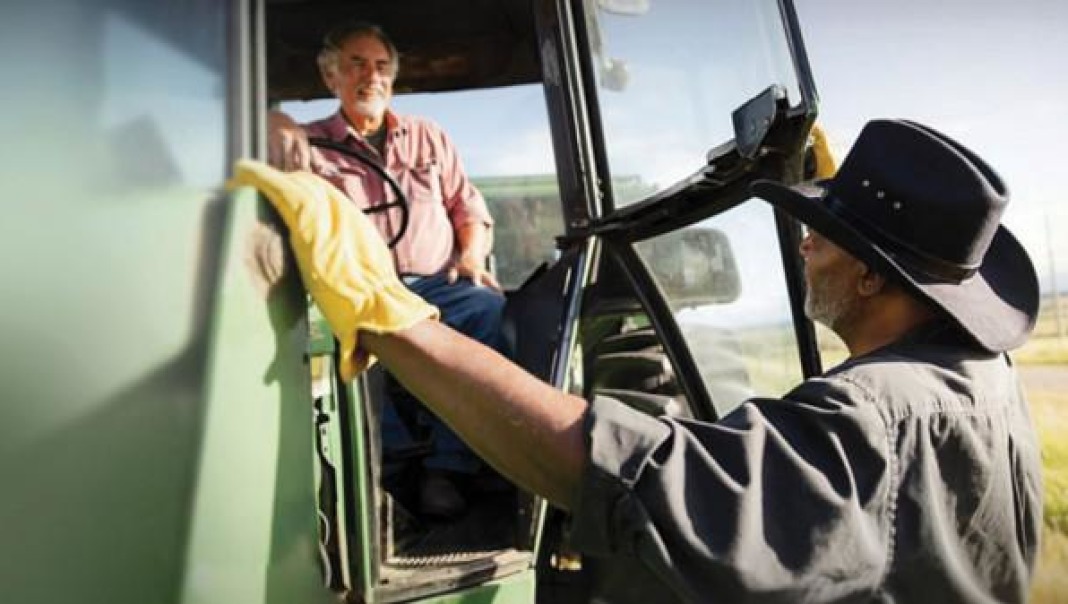Name your executor wisely
Tuesday, August 16, 2022
Reference: FCC
 The following is a fictional case study created by BDO.
The following is a fictional case study created by BDO.Carl had been farming for about 40 years when he passed away. His career started when he and his young wife Eloise bought a tired old dairy operation. They worked hard to create a small but well-managed farm.
With three children arriving in quick succession, they seemed to be a very happy family, but about 15 years ago, Eloise and the kids left the farm and Carl continued on his own. He did not participate much in community activities or farmer meetings, but the story came out that Eloise wanted a divorce and the kids, now young adults, wanted nothing to do with Carl or the farm.
Carl had no family nearby and one of the only people he spoke to regularly was the milk truck driver, Steve. They were on friendly terms, but they did not socialize beyond a quick chat every day or two.
An unexpected executorship
When Carl passed away suddenly, Steve was shocked to learn that Carl had named him as executor in his will. With no experience in this role, Steve really didn’t know much about Carl, the status of his estate or what his wishes were for putting his affairs in order. He could have declined the role and the court would appoint an executor, but he felt compelled to see it through for Carl.
It was a disaster. It became obvious that he had not understood the magnitude of the responsibility and commitment that came with the job. The first problem was the immediate need to organize care of the livestock and cropping operations. Carl’s will had not been updated since shortly after Eloise and the kids left and, as Steve learned, before Carl had incorporated his business. Record-keeping was scattered or non-existent, and Carl’s accountant confirmed that his tax return filings were several years in arrears.
The lawyer who drafted the will died years ago. To make matters worse, unpaid creditors were clamouring for payment. Steve started receiving emails from Eloise and the kids’ lawyers, pushing for information and stating their claim to Carl’s assets and investments, and even demanding specific items from the house. There were multiple agendas coming at Steve.
Understanding the process
Steve learned the first step in settling the estate was to go through the probate process, having the provincial court approve the will and give Steve permission to act on behalf of the estate. Provincial courts charge a fee for probate and since Carl lived in a province with a high probate rate, Steve had to arrange to cash in some of Carl’s investments to cover $30,000 in probate fees.
It took six months for Steve to gather the necessary information for the probate application, arrange for payment of the fees and wait for the courts to approve it. In the meantime, the farm and buildings required attention but access to funds was limited. Steve was beginning to understand the grim reality of his situation.
Steve had never owned a business and was overwhelmed by the decision-making, banking, bill payments, record keeping, tax filing and handling the constant barrage of mail. Even the little things were a challenge – the keys for the loader tractor weren’t located for months. The passwords Carl had for everything online, including email access, went with him to his grave. Carl also had a collection of antique guns and a house jammed to the rafters with furniture, paperwork and everything Eloise had left behind... Read More
Sign up to stay connected
- News
- Property Alerts
- Save your favourite properties
- And more!
Joining Farm Marketer is free, easy and you can opt out at any time.
